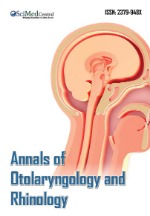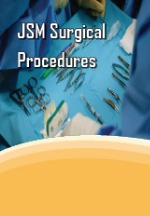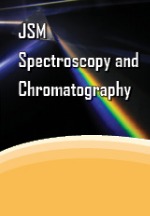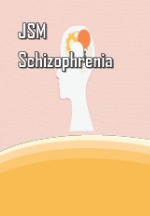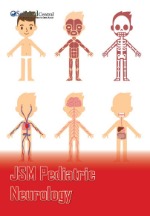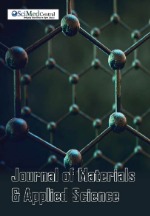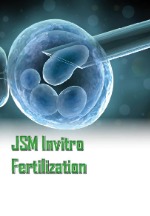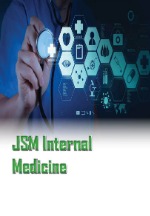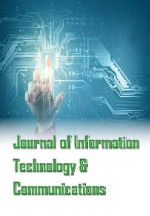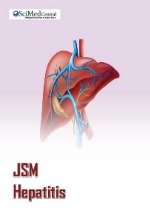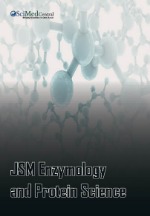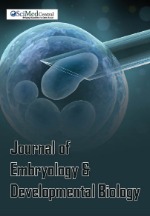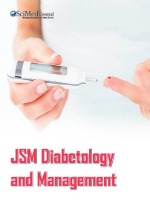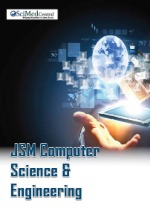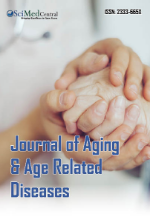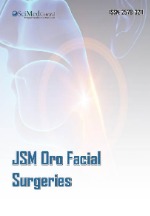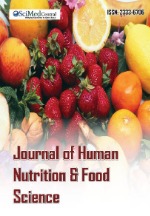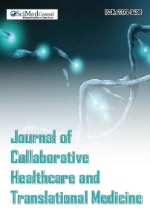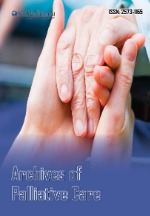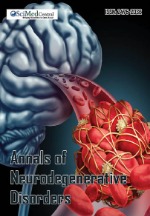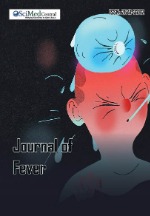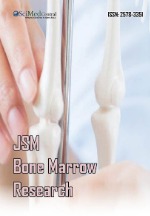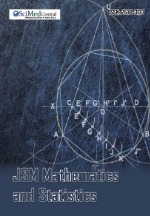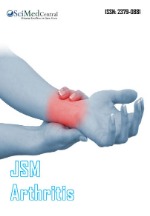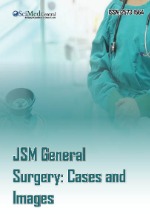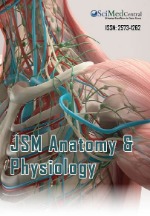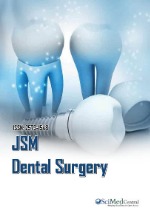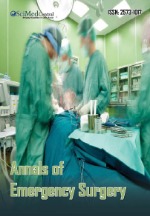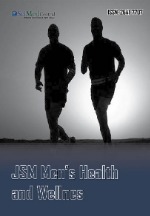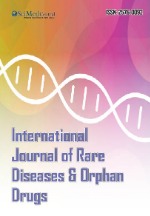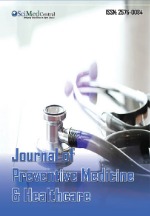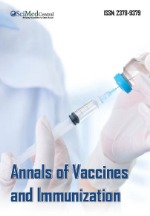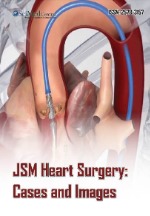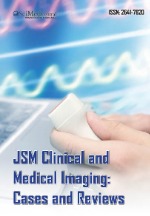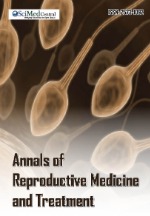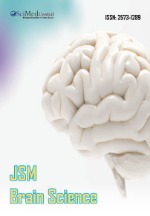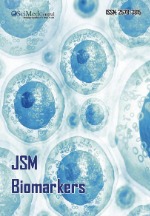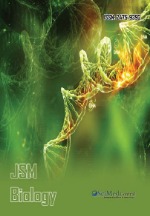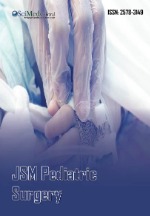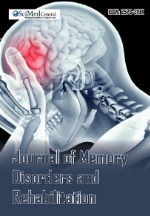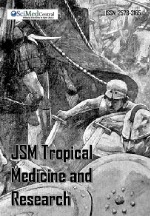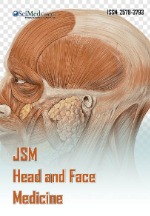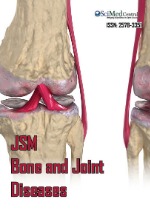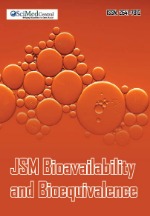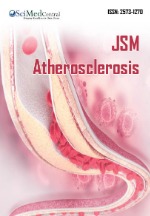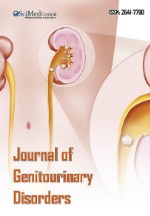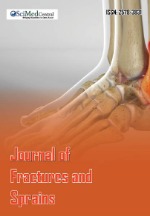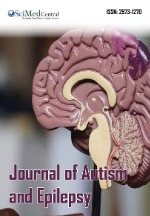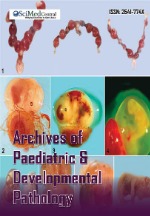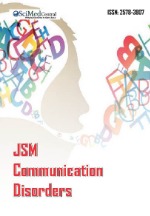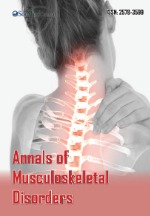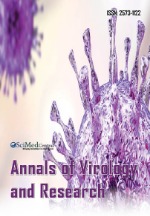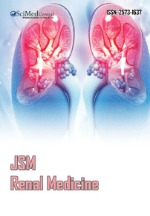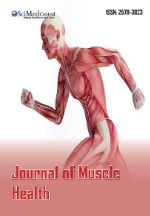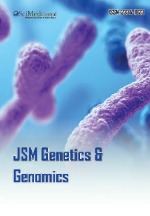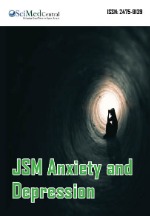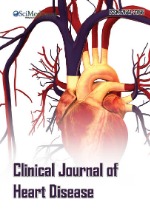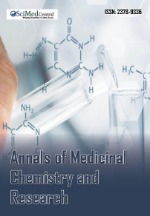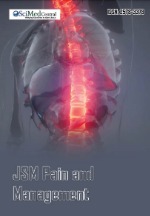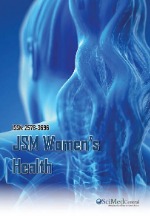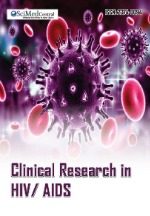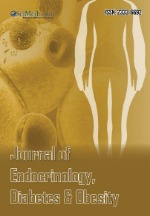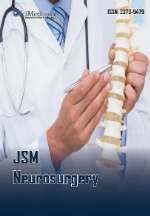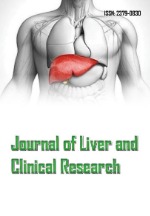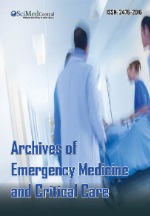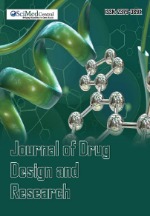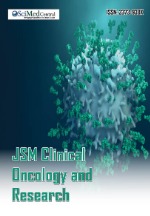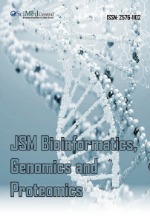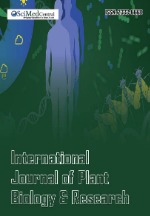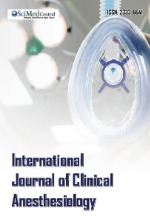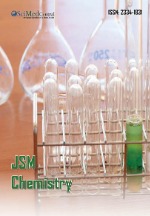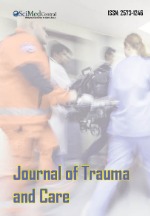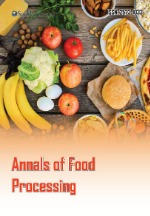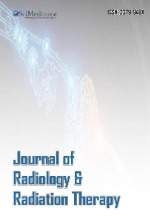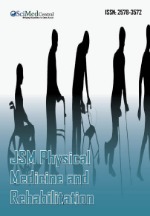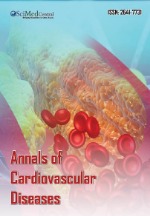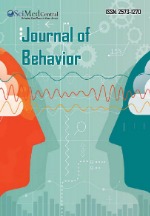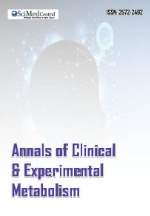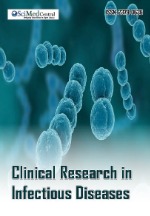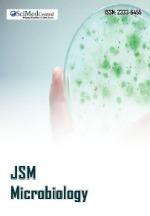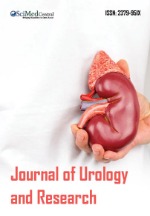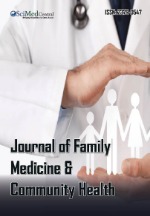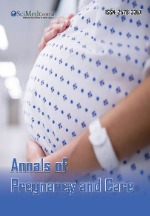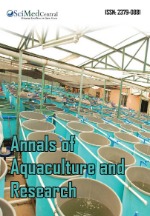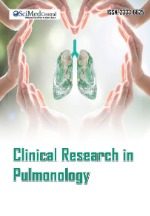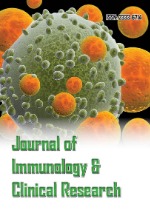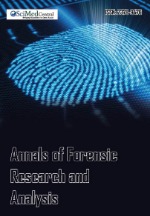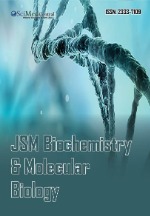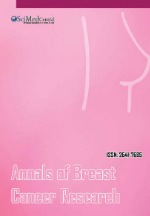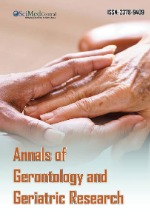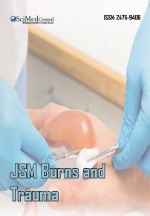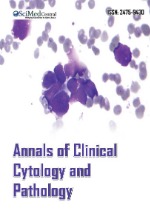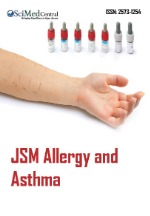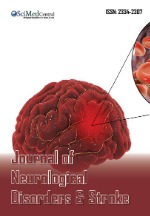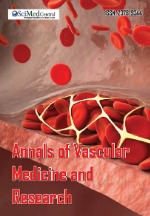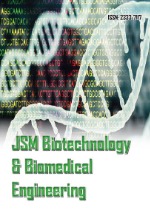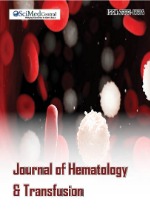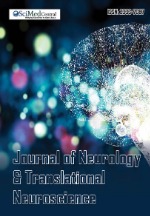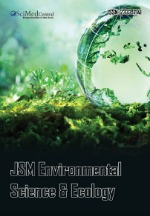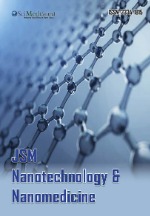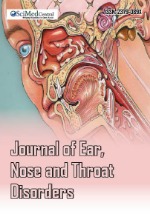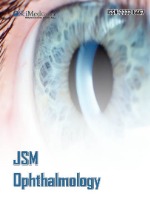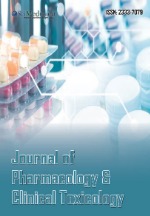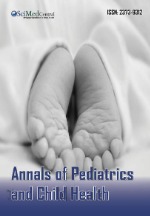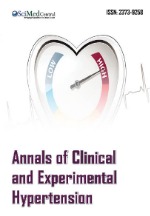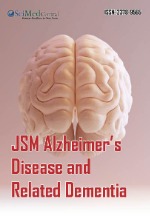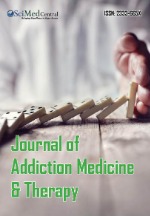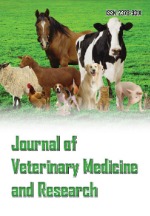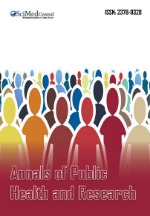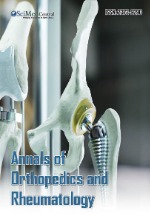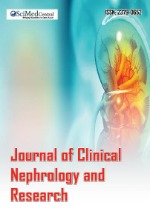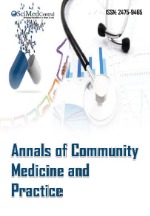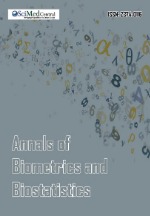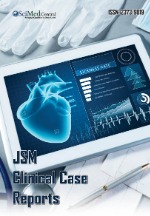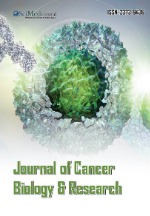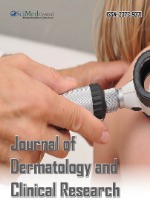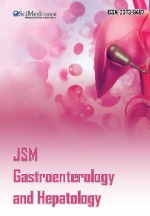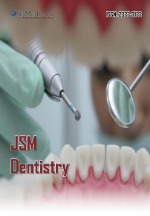Preservation of Talus Allografts for Clinical Transplantation
- 1. West Hungarian Regional Tissue Bank, Aladar Petz County Teaching Hospital, Hungary
Abstract
The osteochondral lesion of the talus and its treatment has become an important issue over last decades. The main causes of lesion of the talus cartilage are osteochondritis dissecans, arthritis, fractures, etc. There are many operative management techniques of the cartilage repair including bone marrow cell inducing techniques such as micro fracture surgery, drilling, PDGF and graft applications. In serious situations autologous OCH grafts, autologous chondrocytes, and allografts are also used. While there is abundant literature on osteochondral allograft transplants in the knee, there are much fewer articles about the talus. Cartilage viability is the one of the most important factors for a successful clinical outcome. The conventional cryopreservation as a talus preservation technique has almost completely disappeared due to poor post thawing viability results. Fresh grafts are applied in the majority of clinical cases but its definition is not clear. Tissue culture medium (TCM) stored grafts are a promising alternative with high viability rates. This paper reviews the published literature on osteochondral allograft transplants of the talus focusing on preservation techniques and its clinical relevance.
Keywords
• Talus
• Allograft
• Tissue banking
• Tissue culture medium
• Fresh
• Viability
Citation
Csönge L (2017) Preservation of Talus Allografts for Clinical Transplantation. JSM Foot Ankle 2(1): 1021
ABBREVIATIONS
TCM: Tissue Culture Medium; OCH: Osteochondral
INTRODUCTION
Cartilage repair of the injured talus is a major challenge apart from its etiological origin. Many operative techniques and procedures were reported including: microfracture surgery, drilling, autograft and allograft transplants, isolated chondrocyte implants, and the application of bone marrow derived cells [1-7].
The majority of the transplanted grafts are autologous knee grafts or fresh talus allografts; in the literature only few preserved allograft cases were reported [8-10].
The importance of living chondrocytes for graft stability is unclear, in part because actual viabilities of individual allografts at the time of the placement are seldom known [11]. There is a general consent that cartilage viability and normal chondrocyte function play a crucial role in the successful clinical outcome. The production of cartilage matrix macromolecules including, GAG s, proteoglycans, etc., help to preserve the integrity of hyalin cartilage [12,13].
Cryopreserved Talus
The conventional preservation method of OCH allografts is the cryopreservation or more generally deep-freezing. In comparison to fresh osteochondral allografts the survival and outcome of cryopreserved allografts is generally poor [12,14-19]. The poor long-term postoperative results coupled with the observations of poor viability in cryopreserved osteochondral allografts suggest that improved chondrocyte survival would contribute positively to long-term graft success [19]. These methods decrease the viability of chondrocytes dramatically due to cryoinjury. After conventional cryopreservation approximately 20-30% of cell viability can be achieved after thawing [12,14,15]. “Fresh frozen talus graft” is a contradiction in terms and hard to interpret in the tissue banking practice [8]. It generally means conventional deep frozen or cryopreserved graft in the literature. The directional freezing technique can produce much better viability results in knee cartilage but there is no special report concerning the talus and the method has not become popular in the banking of solid tissues [20]. Similarly there is no article about application of verification in large volume tissue preservation, including the talus.
Fresh talus Allograft
The application of fresh talus allografts are reported in the majority of the reports [21-26]. Many questions have arisen from the point of view of a tissue banker. What does “fresh tissue” “non-preserved” mean? The AATB’s Standards for Tissue Banking do not describe what constitutes “fresh” tissue. The European “Guide to the quality and safety of tissues and cells for human application” does not appear to refer to “fresh tissue” either [27,28].
According to the European standards “musculoskeletal tissues should be stored at hypothermic conditions and at temperatures appropriate to maintain their characteristics and biological functions suitable for their intended use” [28]. After 3 days storage metabolic changes e.g., increased mitochondrial activity starts in talus cartilage but the cartilage’s main characteristics remain more or less constant for 1-3 week [12,13,29].
Current standards of practice for banking fresh osteochondral allografts are that the grafts must be transplanted within 72 hours of procurement. A short postmortem time is also an important factor. This is primarily intended to provide OCH allografts with substantial numbers of viable chondrocytes. If the intended storage time exceeds 3 days, it is proper to consider the graft “preserved” rather than “fresh”.
Cartilage Viability of Talus in Tissue Culture Medium (TCM)
Maintenance of articular cartilage allografts in TCM at +4°C is a reasonable method of tissue storage. Many methods such as, MTT assay, O2 consumption, fluorescent dye uptake, radioactive isotope uptake, and matrix molecule production measurement are applied to OCH viability assessment [12,19,29-31]. MTT assay has many advantages because it measures crucial chondrocyte functions and the method is reliable, easy to perform, simple and cheap [32].
Fluorescent dye uptake is a controversial viability assay method. Lightfoot and his colleagues found that there was an overestimation of false cartilage viability when using this method, however others have not had these same results and have shown that there isn’t overestimation [11,32]. For the fluorescent dying to work exact and precise methodology is required. The viability of talus cartilage fluctuates over time and the viability fluctuation seems to be an intrinsic property of the cartilage in these conditions (Figure 1).
Figure 1: Viability measurements from a typical cadaveric talus cartilage donor sample. The first postmortem test day was set as day 0 and 100% viability. The cartilage sample is graphed concomitantly with series of tetrazolium reductase assays of fresh cadaveric skin from a single donor that had been stored at 4°C for 21 days. After an initial peak, the skin gradually declines in viability, while the cartilage continues to fluctuate [10].
Other authors found that constant viability is decreasing but the sampling time points seem to be insufficient [13,29].
The data indicates that long-term stored refrigerated cartilage appears to retain a viability higher than that of cryopreserved cartilage for up to and perhaps beyond 60 days of storage [12]. There is no viability index difference between the medium replaced and non-replaced groups (Figure 2).
Figure 2: Normalized % viability fluctuations found in tissues from a single talus donor. One talus was stored with medium replacement and the other without medium replacement for 60 days. Fluctuations are clearly visible [10].
Qi and colleagues found a better viability index by using TCM replacement [13]. The storage in a sterile nutrient medium evoked fluctuating mitochondrial activity within the chondrocytes [12]. This may have resulted from the stimulation of metabolic activity by the medium. In articular cartilage, Benya and Nimni found an eightfold increase in the synthesis of both GAG and collagen at 1 and 3 weeks of culture and that gradually declined to a fourfold increase at 9 weeks [33]. Others also noted that the refrigerated storage in a sterile nutrient solution stimulates the GAG synthesis in bovine articular cartilage and found a similar activity peak on the third day [34]. Sammarco et al., found high viability rates in TCM stored human cartilage after 48 hours by a 35S-sulfate uptake assay and intact GAG content was found by Oates et al. after 14 days of TCM storage [35,36]. A proteoglycane content decrease was detected after 3 weeks by other authors [13,29].
Generally, relatively large viability differences could be detected between individual talus donors [12]. The most influential positive factors appeared to be in young donors, especially those with a generally good vitality of tissue and a short postmortem interval prior to tissue procurement. The TCM stored talus has some advantages in comparison to fresh (<3 days storage): prolonged storage allows more time for the organization of the surgical procedure and allows more time for donor assessment. High viability rates can be detected between 3-21 days. The excellent or good clinical cases represent a more than 70% success rate using this medium term (3-30 days) storage method of the talus (preliminary clinical data from author’s hospital will be soon be published).
DISCUSSION & CONCLUSION
The high number of operative techniques and methods presented show that there is no generally accepted procedure for talus cartilage repair. In serious situations the allograft implant is one of the favorite choices. Unfortunately the present diagnostic methods are insufficient to get an exact quantitative assessment clinically, regarding the chondrocyte viability after a talus allograft transplant. So the relationship between chondrocyte viability and the possible graft failure remains unclear in addition to many other factors that are involved but there is consensus that chondrocyte viability is a cardinal factor in the successful clinical outcome. The TCM method allows more time for surgery in comparison to fresh grafts. This method is also recommended but further investigation and longer follow-ups are required to assess the role of good initial chondrocyte viability in long term clinical results. If higher viability is in fact a good predictor of graft transplant success, refrigeration of OCH grafts could become regular banking practice.
ACKNOWLEDGEMENTS
I thank Scott Brubaker (FDA) and D. Michael Strong for their valuable notes.
![Figure 1 Viability measurements from a typical cadaveric talus cartilage donor sample. The first postmortem test day was set as day 0 and 100% viability. The cartilage sample is graphed concomitantly with series of tetrazolium reductase assays of fresh cadaveric skin from a single donor that had been stored at 4°C for 21 days. After an initial peak, the skin gradually declines in viability, while the cartilage continues to fluctuate [10].](https://www.jscimedcentral.com/public/assets/images/uploads/image-1704279087-1.png)
![Figure 2 Normalized % viability fluctuations found in tissues from a single talus donor. One talus was stored with medium replacement and the other without medium replacement for 60 days. Fluctuations are clearly visible [10].](https://www.jscimedcentral.com/public/assets/images/uploads/image-1704279156-1.png)


